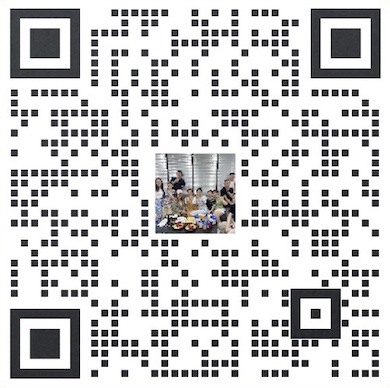
7x9小时
9:00am - 6:00pm
免费售前热线
13338363507
Integrating CRM with Existing Data Sources: Streamlining Information Flow
2024-02-06
Integrating Customer Relationship Management (CRM) with existing data sources is a critical step in streamlining information flow within an organization. By connecting CRM systems with other data sources such as ERP, marketing automation, and customer service platforms, businesses can gain a comprehensive view of their customers and improve the overall customer experience.
One of the key benefits of integrating CRM with existing data sources is the ability to centralize customer data. This allows for a more holistic view of customer interactions, preferences, and behaviors, which in turn enables more personalized and targeted marketing and sales efforts. By consolidating customer data from various sources, businesses can gain a better understanding of their customers' needs and preferences, and tailor their offerings accordingly.
Furthermore, integrating CRM with existing data sources can also improve operational efficiency. By connecting CRM with ERP systems, for example, businesses can streamline the order-to-cash process, automate sales forecasting, and improve inventory management. This not only leads to cost savings but also enables better decision-making and resource allocation.
In addition, integrating CRM with marketing automation platforms can help businesses track and analyze customer interactions across various touchpoints, such as email, social media, and website visits. This allows for more targeted and personalized marketing campaigns, leading to higher conversion rates and customer satisfaction.
Moreover, integrating CRM with customer service platforms can provide a more seamless and consistent customer experience. By having access to a customer's entire interaction history, service agents can better understand the customer's needs and provide more personalized and efficient support.
However, integrating CRM with existing data sources is not without its challenges. One of the main obstacles is the complexity of data integration, especially when dealing with disparate systems and data formats. Additionally, ensuring data accuracy and consistency across different platforms can be a daunting task.
To overcome these challenges, businesses should invest in robust data integration tools and platforms that can facilitate seamless data exchange between CRM and other systems. Additionally, establishing data governance policies and procedures can help ensure data quality and consistency across the organization.
In conclusion, integrating CRM with existing data sources is crucial for streamlining information flow within an organization. By centralizing customer data, improving operational efficiency, and enhancing the overall customer experience, businesses can gain a competitive edge and drive growth. While there are challenges to overcome, the benefits of integrating CRM with existing data sources far outweigh the costs, making it a worthwhile investment for any organization.
↓Scan code to addqiqueadviser↓

↑Learn more digital scenes↑
Extended Reading:
CRM Data Migration Best Practices: Minimizing Disruptions During Transition Establishing Data Governance Policies: Ensuring Quality in CRM Management Data Cleansing and Validation: Preparing Data for Migration into CRM Systems Post-Implementation Support: Providing Ongoing Assistance for CRM Users Inclusive User Training Programs: Tailoring CRM Education to Diverse Audiences Monitoring User Engagement Metrics: Gauging Success in CRM Implementation Establishing CRM Champions: Enlisting Advocates for Successful Adoption Continuous User Feedback: Iterative Improvements in CRM Implementation Gamification in CRM Training: Motivating Users for Efficient System Adoption Addressing User Resistance: Strategies for Overcoming Pushback in CRM Adoption more>>
Useful
Useless
Share on WeChat
Open within mini program
![]()
Open WeChat to "scan" and forward to friends
Open WeChat "Scan" and open it in the mini program
关闭预览


